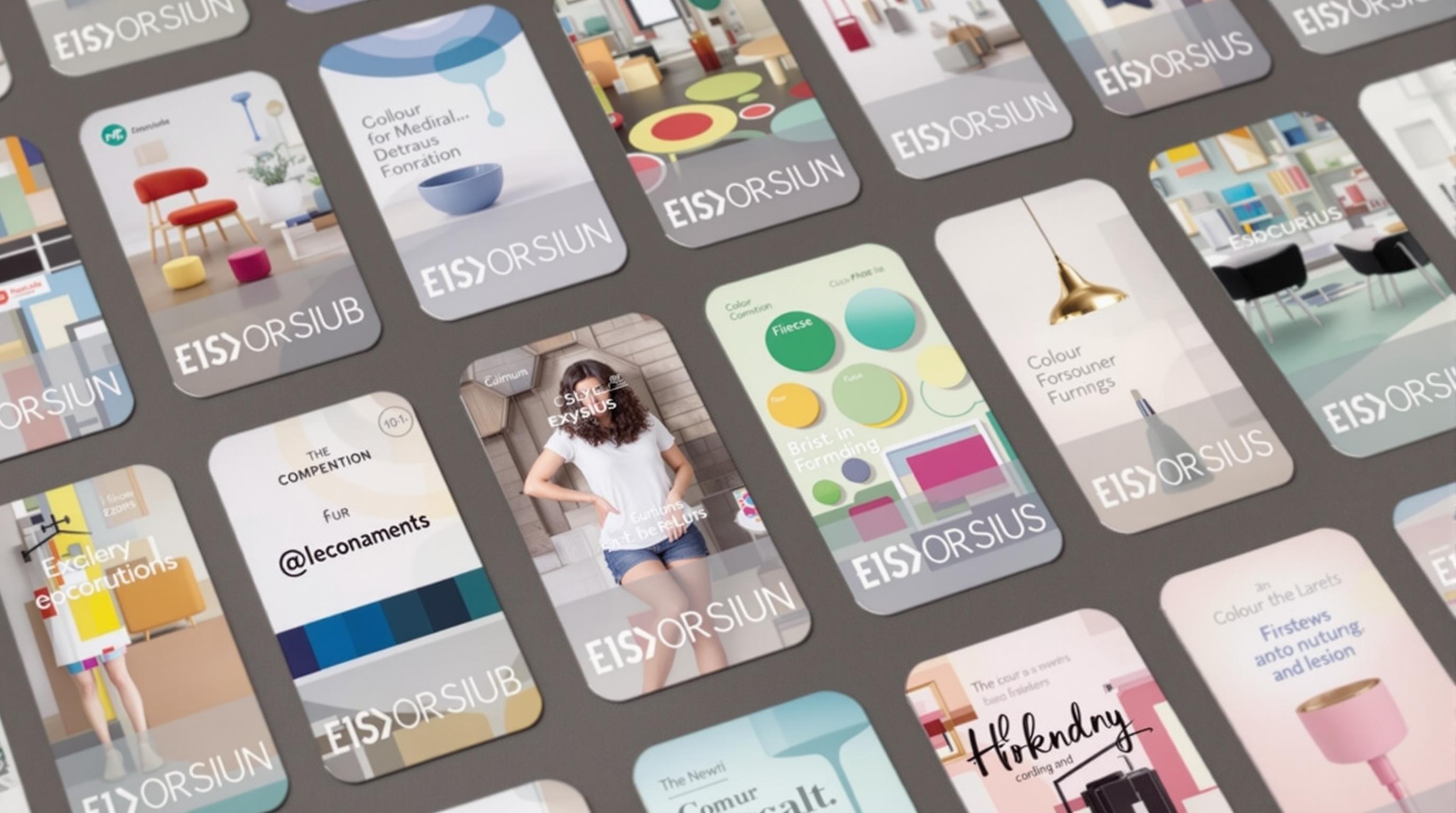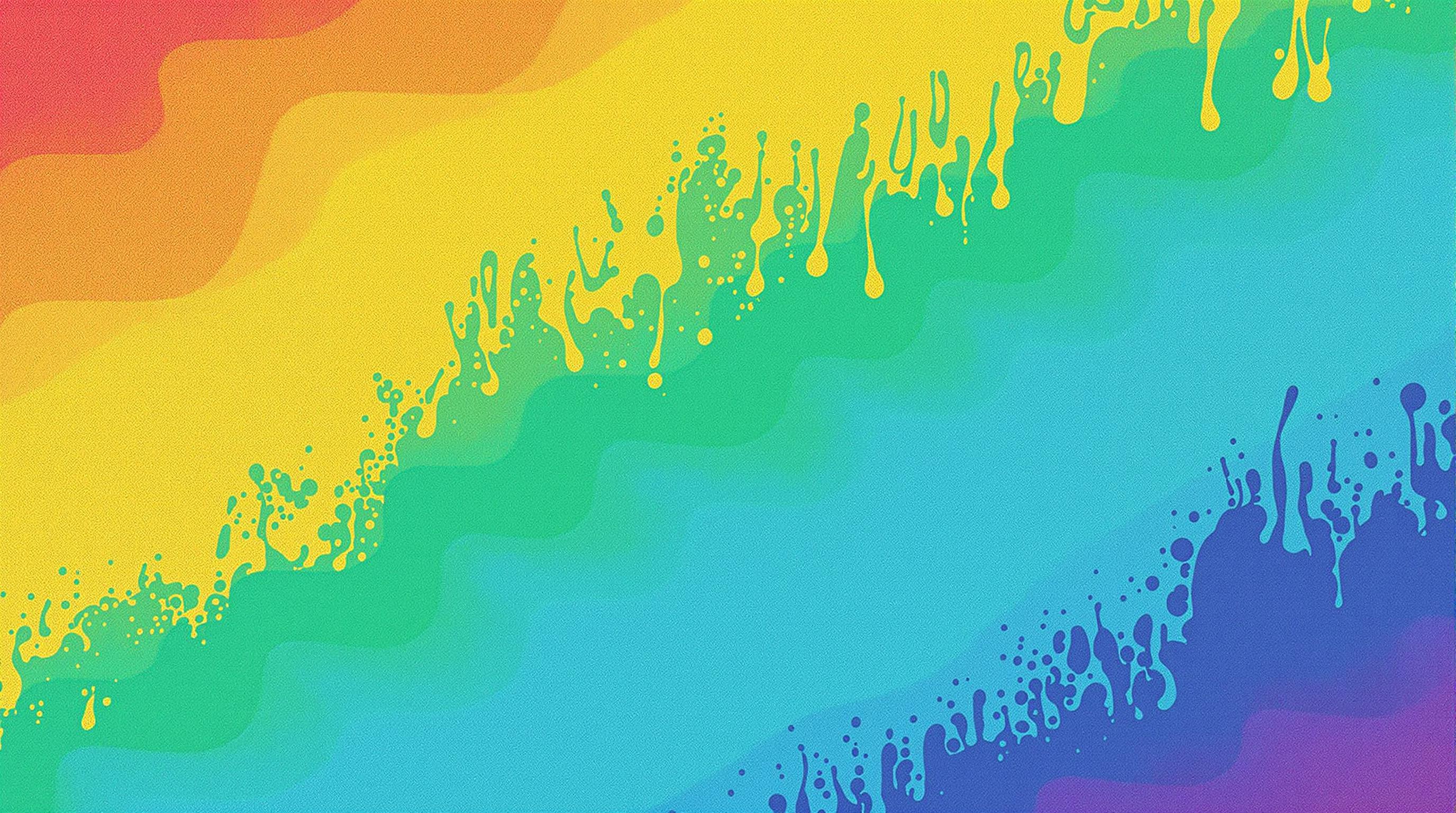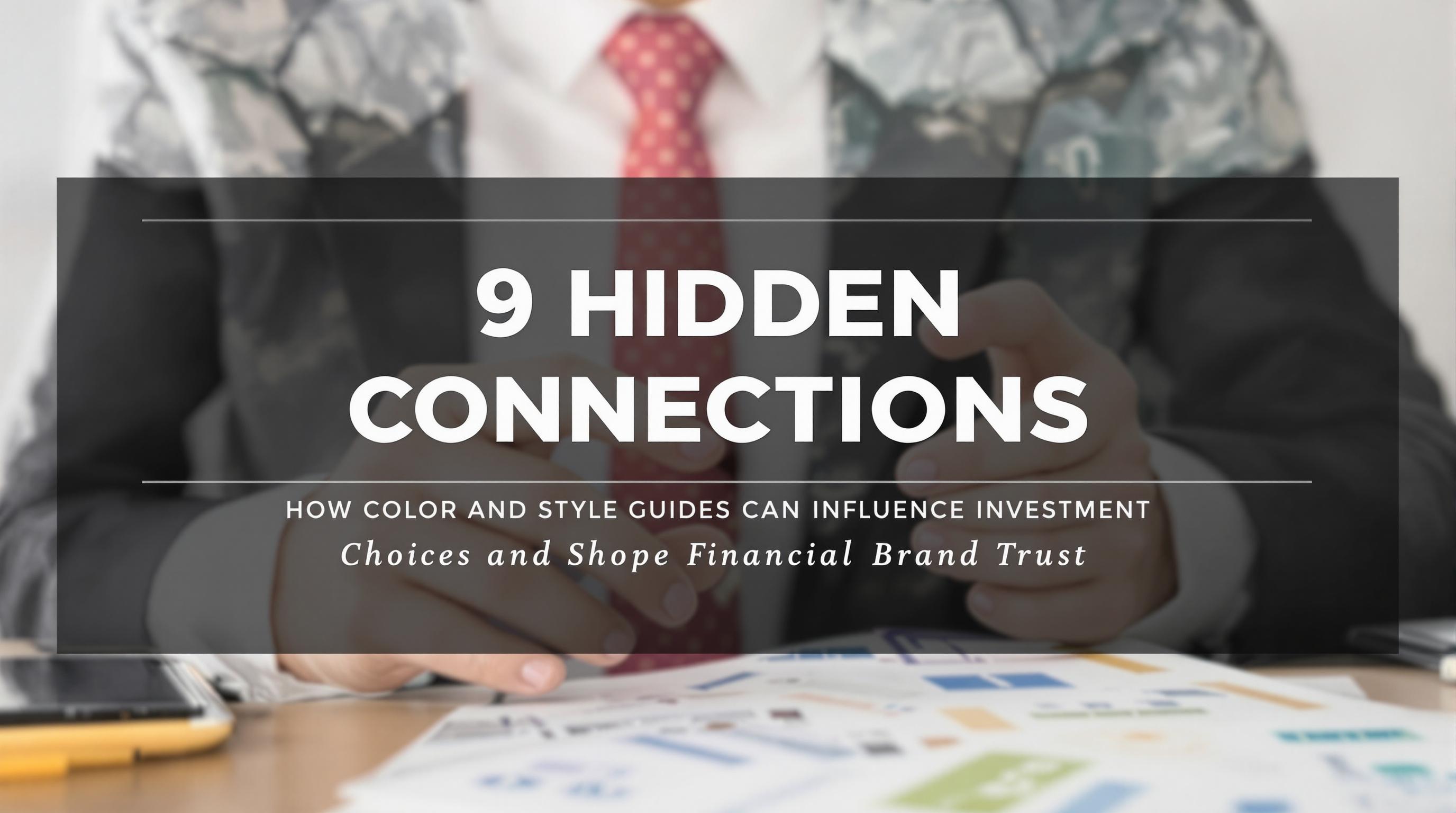Related Articles
- Bizarre Wonders: Crafting Functional Ornaments from Obsolete Household Gadgets and Oddities
- Eco-Chemistry: Innovative Projects Using Upcycled Materials from Your Kitchen for Sustainable Living
- Mystical Metamorphosis: Crafting Enchanted Home Decor from Unwanted Childhood Toys and Forgotten Doll Parts
- Color Cravings: Exploring the Unconventional Links Between Food Choices and Fashion Statements
- Hues of Controversy: The Surprising Ties Between Color Choices and Ethical Consumerism Trends
- Color Waves: Exploring the Impact of Music on Visual Aesthetics in Art and Fashion Choices
12 Unexpected Insights: How Color and Style Guides Impact Consumer Behavior and Drive Innovation in Retail Marketing
12 Unexpected Insights: How Color and Style Guides Impact Consumer Behavior and Drive Innovation in Retail Marketing
12 Unexpected Insights: How Color and Style Guides Impact Consumer Behavior and Drive Innovation in Retail Marketing
1. The Psychology of Color
Color is not merely an aesthetic choice; it has profound psychological effects on consumers. Studies show that certain colors can evoke specific emotions and reactions. For example, blue is often perceived as calm and trustworthy, while red can incite urgency and excitement. According to a study by the Institute for Color Research, over 90% of snap judgments made about products are based solely on color.
Brands harness this psychological association to influence consumer behavior. For instance, fast-food chains often incorporate red and yellow in their branding to stimulate appetite and create a sense of urgency. This intentional use of color can significantly increase sales and drive customers through doors, demonstrating how strategic color choices bolster retail marketing.
Furthermore, consistency in color usage across multiple platforms reinforces brand recognition, ensuring that consumers can quickly identify a product. With 80% of visual information processed in the brain being color-related, brands that emphasize their color schemes effectively can create lasting impressions and foster loyalty among consumers.
2. Style Guides: More Than Just Aesthetic
Style guides in retail marketing serve as comprehensive documents that outline the visual and tonal elements of a brand. These documents go beyond aesthetics, encompassing everything from typography to imagery that resonates with a target audience. Having a well-defined style guide ensures that marketing materials are consistent and reflect the brand's identity cohesively across various platforms.
Additionally, style guides can dictate how brands connect with their audience on an emotional level. They help create a unified voice and visual language that resonates with consumers, increasing the likelihood of brand loyalty. For instance, brands like Apple and Nike employ strict style guides that not only define their visual elements but also ensure that their messaging aligns with their brand ethos.
Moreover, a clear style guide can facilitate innovation by providing creative teams with the framework necessary to introduce new ideas while maintaining brand integrity. By balancing consistency and creativity, brands can remain relevant in a fast-changing retail landscape while driving consumer engagement.
3. Impact on Consumer Trust
Color and style can significantly influence consumer trust in a brand. Research indicates that consumers are more likely to engage with brands that have a polished and cohesive visual identity. For example, brands with consistent color palettes and well-executed style guides are perceived as more professional and credible.
Retailers investing in high-quality visuals, including photography that adheres to their style guide, can enhance the perceived value of their products. This perception of quality translates into consumer trust, potentially leading to increased sales. A study from TPN found that consumers are 80% more likely to purchase from brands they perceive as trustworthy.
Ultimately, the trust established through effective color and style guides translates into long-term consumer relationships. This trust is crucial, as today’s consumers prioritize brands that are authentic and consistent in their messaging and visual representation.
4. Differentiation in a Competitive Market
In an oversaturated retail landscape, standing out is vital for survival. Color and style guides can be instrumental in achieving differentiation by creating a unique brand identity that catches consumers' attention. Retailers like Target have mastered this concept, using a bold red color and distinctive style to set themselves apart from competitors like Walmart.
Distinct color schemes can also enhance a brand's memorability. When consumers can easily recall a brand's color or visual elements, it significantly increases the chances of them choosing that brand over others when making purchasing decisions. A study by the University of Loyola found that color increases brand recognition by 80%.
This differentiation through color and style not only attracts customers but also fosters a sense of community around a brand. Consumers are drawn to brands they feel reflect their own identities or aspirations, making a strong visual identity an important asset in retail marketing strategies.
5. Cultural Significance of Color
Color perceptions can vary significantly across cultures; what works in one market may falter in another. Understanding these cultural nuances is vital as businesses attempt to expand globally. For example, white is often associated with purity in Western cultures but can symbolize mourning in some Asian cultures.
Brands must contextualize their color choices within the cultural frameworks of their target demographics. Retailers like McDonald’s employ localized marketing strategies to cater to cultural preferences, ensuring that their color choices resonate well within the local context, thus enhancing consumer connection.
Failing to consider these cultural differences can result in misinterpretation and alienation of consumers. A comprehensive understanding of the cultural significance of colors can drive brand success and innovation, enabling brands to adapt while staying true to their identity.
6. Influence on Shopping Behavior
The colors used in retail environments can significantly influence consumer shopping behavior. Warm colors like red and yellow are known to increase impulse buying, while cool colors promote relaxation and contemplation. Retailers often utilize color psychology in store design to guide customer movement and purchasing patterns.
Strategically placed splashes of color can highlight sales or promotions, drawing consumers’ attention where it matters most. For instance, using eye-catching colors for sale signage can create urgency, compelling customers to act swiftly by purchasing discounted items before they are gone.
Moreover, creating an engaging store atmosphere that aligns with the brand’s color scheme can elevate the overall shopping experience. Retailers who thoughtfully integrate color and design can foster positive consumer experiences, ultimately enhancing sales outcomes and brand loyalty.
7. Seasonal Color Trends
Seasons often dictate shifts in color trends, and retailers must adapt their color palettes accordingly to stay relevant. Retail ecosystems are heavily influenced by seasonal changes; therefore, understanding these trends is critical for strategic planning. For example, pastel colors dominate during spring, while deep jewel tones may be preferred in autumn.
This seasonal adaptation not only keeps the brand fresh but also aligns with consumer expectations and purchasing behavior. Retailers often undergo seasonal makeovers, updating their product lines and store displays to resonate with seasonal colors, thereby increasing foot traffic and sales.
Incorporating seasonal colors into marketing campaigns can create a sense of urgency and novelty, enticing consumers to engage with the brand. By capitalizing on the cycle of seasonal color trends, brands can effectively maintain consumer interest year-round.
8. The Role of Technology in Color Application
Technological advancements have revolutionized the way brands create and interact with color and style. Tools like AI and machine learning facilitate data analysis on consumer preferences, informing strategic color choices that resonate with target markets. Brands can now assess color trends in real-time, allowing for quick adaptation to keep pace with consumer desires.
Additionally, technologies like augmented reality (AR) provide immersive shopping experiences that leverage color and style effectively. Consumers can visualize products in different colors or styles through AR, giving them a unique, interactive opportunity that influences purchasing decisions significantly.
These technological innovations not only enhance the retail experience but also streamline operations. By integrating technology into their marketing strategies, retailers can create personalized experiences that resonate on an individual level, further driving sales and developing brand loyalty.
9. Sustainability and Eco-Conscious Choices
As consumers increasingly prioritize sustainability, the color and style used in retail marketing can reinforce a brand's commitment to eco-friendliness. Earth tones like greens and browns, alongside natural textures, have become popular choices among environmentally conscious brands, conveying a message of sustainability and responsibility.
Adopting sustainable materials in conjunction with appropriate color choices can create a cohesive narrative that resonates with consumers. Brands that highlight their environmentally friendly initiatives through strategic color and style use can establish deeper connections with their audience.
Moreover, transparency about sourcing and production methods paired with a mindful color palette can enhance brand credibility. The intersection of sustainability and color choice can drive innovation, prompting brands to rethink their marketing strategies to align with a growing consumer focus on ethical consumption.
10. Future Trends in Color and Style
The future of retail marketing will undoubtedly be shaped by ongoing advancements in color theory and design aesthetics. As consumer preferences evolve, brands must be agile and responsive, consistently seeking new ways to innovate their color and style approaches. Trends such as minimalism, bold graphics, and soft palettes are indicative of the shifts in consumer design preferences.
Furthermore, inclusivity in color representation is becoming increasingly vital to resonate with diverse audiences. Brands are now considering how color formulations can reflect cultural inclusivity and personal identity, leading to a broader and more appealing market presence.
As technology continues to mold the marketing landscape, there will be endless possibilities for innovative approaches to color and style in retail. Brands that embark on this journey with creativity and awareness will be well-equipped to drive sales while creating meaningful customer relationships in the future.




